"Innovation. Precision. Automation. Welcome to CAPL, where technology meets excellence."
Design Challenges in Industrial Automation & Special-Purpose Machines
Blog post description.
MEGHA PAWAR
3/17/20252 min read


The demand for automation and specialized machinery is growing across various industries, from automotive and electrical to renewable energy and heavy manufacturing. However, designing custom automation solutions comes with significant challenges that require engineering expertise, innovation, and adaptability. Each industry presents unique requirements, making the design and development of special-purpose machines (SPMs) and robotic automation solutions a complex task.
1. Understanding Industry-Specific Needs
Each industry has distinct operational processes, requiring customized automation solutions to improve efficiency and precision. For instance:
In the automotive sector, robotic automation is essential for welding, painting, and laser marking, demanding high-speed, high-accuracy solutions.
In the electrical industry, switchgear assembly and contact tip brazing require delicate handling and precision placement.
In the solar industry, machines like rotary coat applicators and sandblasting units must be designed to handle large volumes while ensuring uniform surface treatment.
Understanding these industry-specific needs is the foundation for successful machine design.
2. Balancing Customization with Cost & Scalability
Designing a one-off automation solution for a specific manufacturing process can be expensive. The challenge is to create customized solutions that maintain a balance between cost-effectiveness and scalability. Many manufacturers struggle to develop machines that are:
Flexible enough to adapt to different product lines.
Cost-efficient without compromising on performance.
Easily upgradable for future advancements.
Using modular designs and scalable automation frameworks can help overcome these challenges.
3. Integrating Advanced Technologies
Modern automation solutions incorporate AI, IoT, and machine learning to improve efficiency and predictive maintenance. However, integrating these technologies into existing mechanical and control systems poses several design challenges:
Compatibility with existing production setups.
Real-time data processing and response times.
Cybersecurity risks in connected automation.
Ensuring that new machines are future-proof while maintaining their robustness and ease of use is a crucial challenge for designers.
4. Material Selection & Durability
Industries like metalworking, automotive, and aerospace require machines that can withstand high temperatures, heavy loads, and abrasive environments. Choosing the right materials for machine frames, actuators, and components is essential for:
Minimizing wear and tear over long production cycles.
Reducing maintenance downtime.
Ensuring reliability under extreme operating conditions.
Material selection must be done considering factors like corrosion resistance, weight, and heat dissipation properties.
5. Precision & Tolerance Control
Industries such as semiconductors, electrical manufacturing, and medical devices require automation solutions with micron-level precision. Ensuring repeatability and accuracy in automated assembly and machining operations is a major design challenge.
High-speed movements must not compromise precision.
Minimizing vibrations and misalignments is critical.
Advanced sensors and real-time adjustments are required for ultra-precise applications.
Engineers must develop stable mechanical structures, advanced feedback systems, and precise motion control algorithms to meet these demands.
6. Ensuring Safety & Compliance
Industrial machines must meet strict safety regulations and compliance standards to prevent workplace accidents. This includes:
Emergency stop and fail-safe mechanisms.
Integration of safety sensors and interlocks.
Compliance with ISO, CE, and other industry standards.
Designers must incorporate risk assessments and safety redundancies without affecting machine performance.
7. Energy Efficiency & Sustainability
With industries focusing on sustainable manufacturing, automation solutions must be designed for energy efficiency and minimal environmental impact.
Optimizing motor power consumption.
Reducing waste in automated production processes.
Using eco-friendly materials and smart energy management.
Balancing high performance with low energy consumption is becoming a key challenge in modern industrial automation.
Conclusion
Designing automation systems and special-purpose machines for diverse industries requires a deep understanding of process requirements, material selection, advanced technology integration, and compliance standards. By addressing these challenges with innovative engineering solutions, industries can achieve greater productivity, efficiency, and long-term sustainability.
Automation is no longer just about increasing production speed—it’s about creating intelligent, adaptable, and future-ready solutions for a rapidly evolving industrial landscape.

Get in touch
Address
78/2 horamavu agara main road, Bangalore 560043, Karnataka, India
Contacts
91 8296999022
91 9819775122
Sales@contekautomation.com
Projects@contekautomation.com
